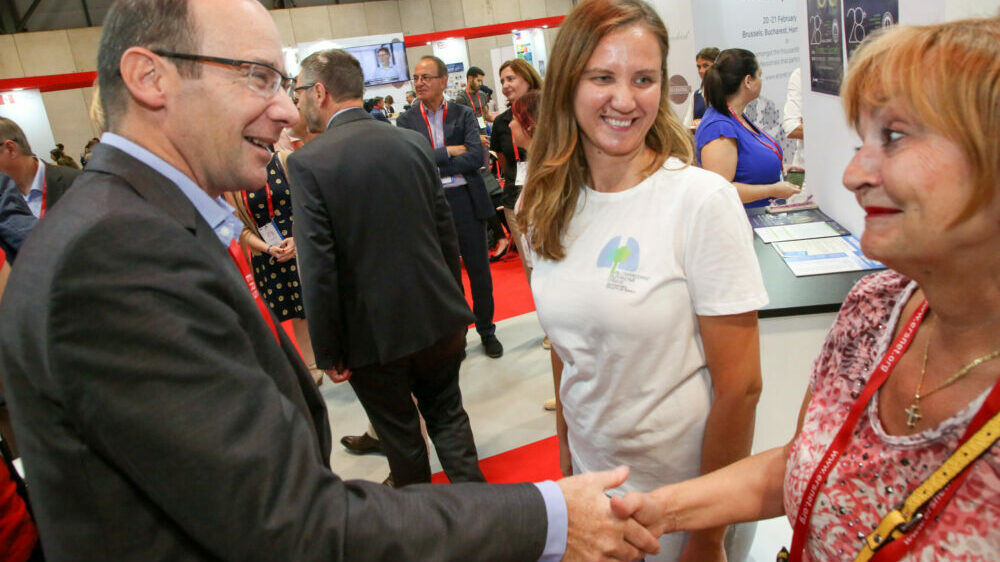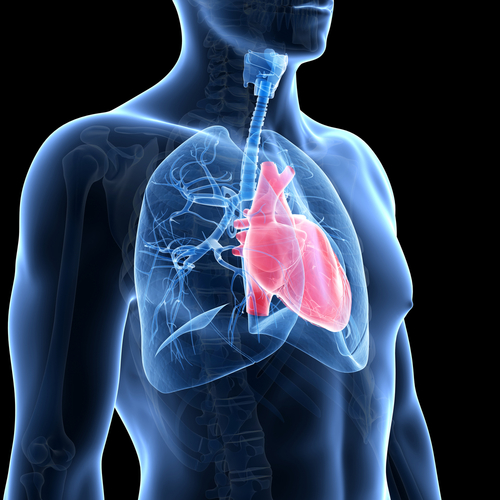Pulmonary arterial hypertension (PAH) patients who are treated with upfront combination therapy exhibit significant reductions in right ventricular (RV) volumes compared to those treated with upfront monotherapies, suggests a new study published in the European Respiratory Journal.
In order to examine the relative benefits of upfront combination therapy versus upfront monotherapy, the researchers retrospectively analysed data from an ongoing prospective PAH registry. MRI was used to measure RV volumes, RV mass, and calculate right ventricular end systolic stress (RVESV).
Right heart catheterisation (RHC) was carried out to measure haemodynamic parameters, and N-terminal pro-brain natriuretic peptide (NT-proBNP) plasma levels used as a measure of RV wall stress. Measurements were carried out at baseline (diagnosis) and after 1 year follow up.
The results suggest that RV volumes such as right ventricular end diastolic volume (RVEDV) improved in patients with upfront combination therapy, but not in patients given initial mono and subsequent combination therapy, such as sequential therapy.
The data also suggest this difference is associated with a decrease in RV wall stress in the combination patients, but not in those given sequential therapy; the authors argue this observation is supported by measures of NT-proBNP, which correlated with the calculated wall stress.
An accompanying editorial published in the ERJ, written by Professor Andrew Peacock, discusses the research and provides comment on the value of RV imaging and the current methods of obtaining this information.





